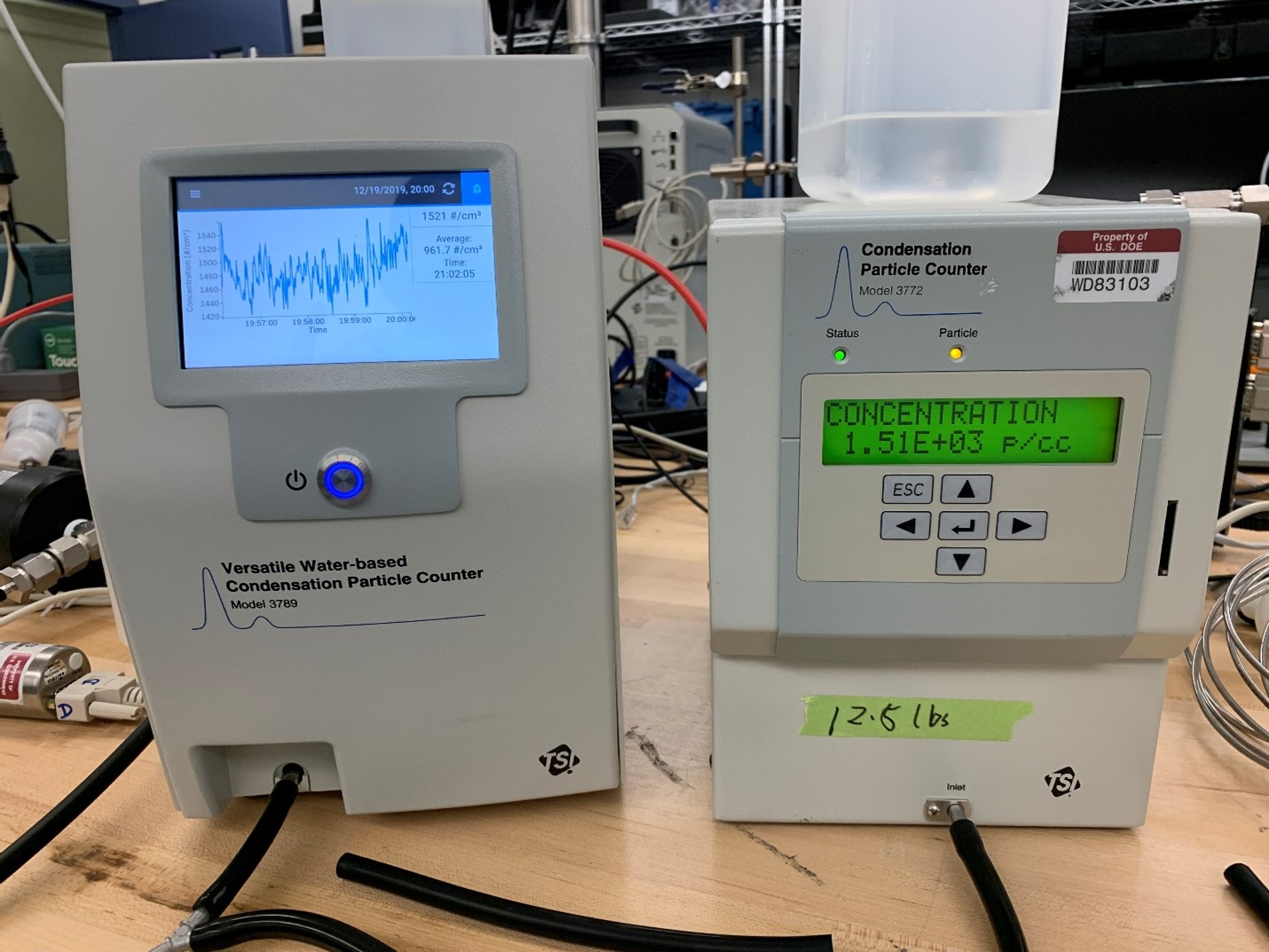A versatile water condensation particle counter for atmospheric research
Submitter
Schmid, Beat — Pacific Northwest National Laboratory
Area of research
Aerosol Properties
Journal Reference
Science
Capturing the vertical profiles and horizontal variations of atmospheric aerosols often requires accurate airborne measurements. Water-based condensation particle counters (CPCs), which avoid the health and safety concerns related to butanol or other chemicals, have emerged to provide measurements in a variety of environments. However, their airborne deployment is relatively rare due to the lack of instrument characterization under reduced pressure at flight altitudes. This study investigates the performance of a versatile water condensation particle counter (vWCPC) with a wide detection range of particle total number concentrations (1500–70 000 cm-3). It optimizes vWCPC operation parameters under various ambient pressure conditions (500–920 hPa), preparing vWCPCs for atmospheric airborne research.
Impact
Based on literature research, this is the first report quantifying current measurement limits of a vWCPC for airborne deployments. Furthermore, this study identified optimized operation parameters of a vWCPC for atmospheric research using both experimental data and numerical simulations. In addition, it demonstrated how to use a non-toxic and non-flammable working vWCPC for in situ vertical profile measurements and horizontal variations of atmospheric aerosols. This advances current airborne aerosol sampling capability and increases measurement safety.
Summary
Led by the Department of Energy’s Atmospheric Radiation Measurement Aerial Facility, this study discusses the necessary modifications and characterization of a vWCPC operating under low-pressure conditions or in high-altitude environments. Aided by simulation results, researchers examined the effect of conditioner temperature on vWCPC counting efficiency. They found that a conditioner temperature setting of 27℃ was optimal for operating the vWCPC 3789 over a range of pressure levels experienced during airborne deployment. In addition, this study confirms that the chemical composition of aerosol also contributes up to 20% uncertainty of the vWCPC counting efficiency. This uncertainty shows no significant trend with operating pressure changes when the vWCPC is operated under the identified optimized operating conditions.


